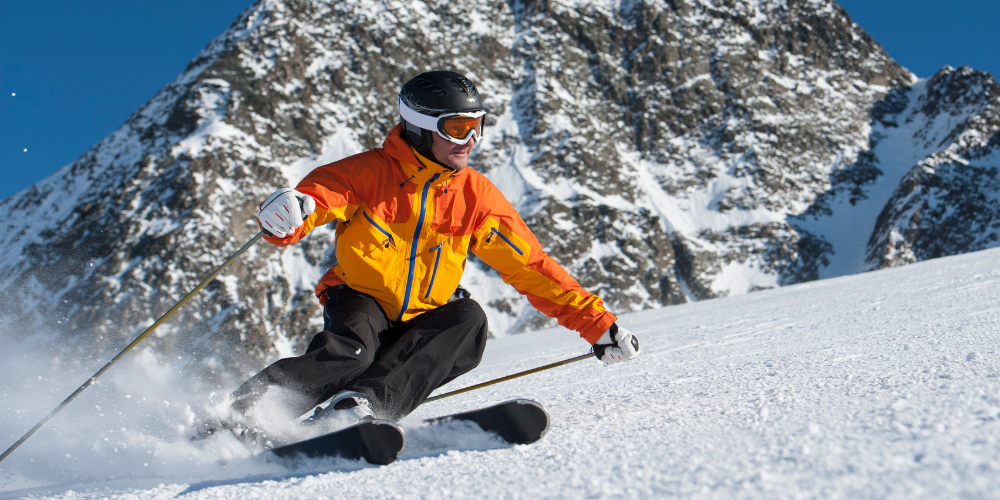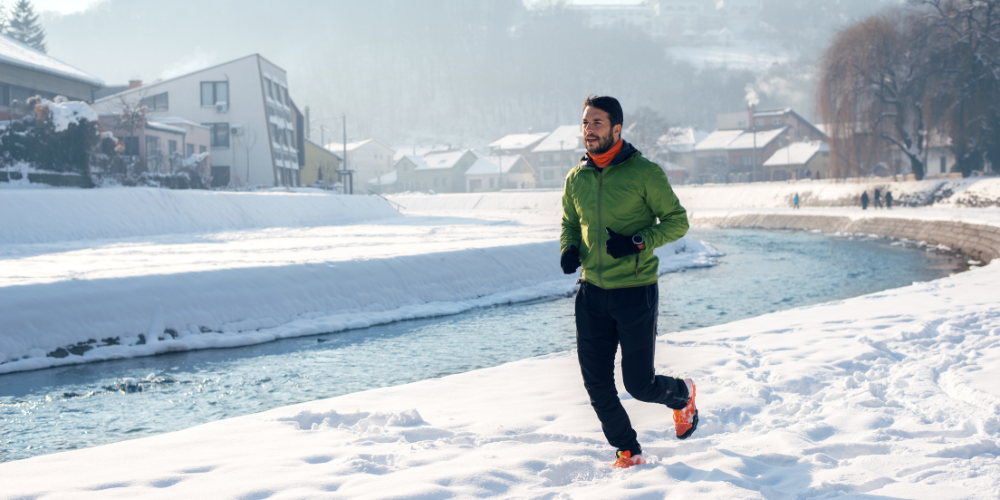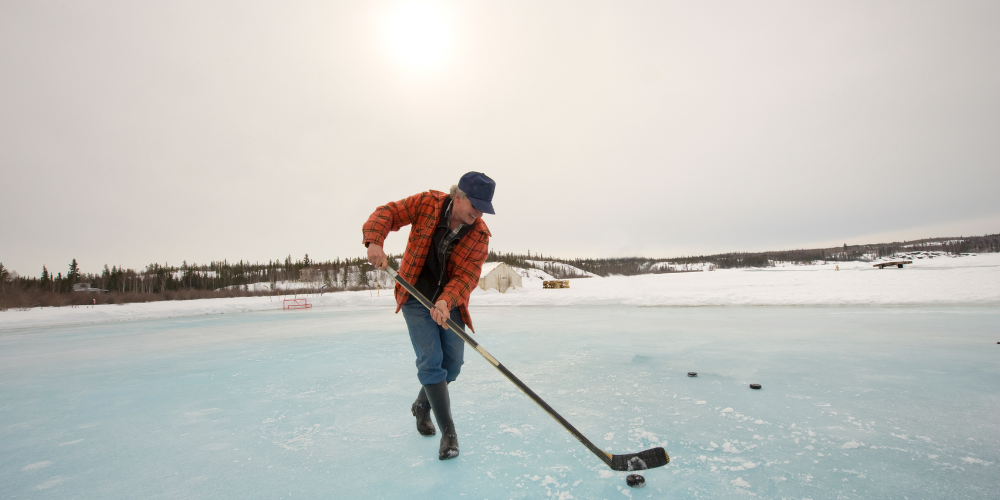While we recommend seeing a chiropractor after a car accident, the most important way to…

3 Common Winter Sports Injuries
While sports can lead to injuries in any season, winter sports can be especially dangerous. From a sprained ankle to a broken arm, winter sports are equally risky and fun. Both athletes and amateur sportsmen can experience these injuries, so it’s important to take the proper precautions to stay healthy and fit. In this blog, we’ve put together 3 of the most common winter sports injuries and how you can avoid them to give yourself the most enjoyable winter season possible.
Strains and pulled muscles

In the winter, the cold weather takes more than just a mental toll on your health. The cold air, regardless of the actual temperature, causes your body to constrict and try to preserve heat. As a result, your muscles tighten up and become stiff.
This can lead to issues when you are exercising. As you attempt to use cold muscles, they can lack the elasticity needed to perform properly. This is how strains and pulls happen, which can be very painful and lead to a long recovery process.
To avoid this type of winter sports injury, it’s important to stretch and warm up carefully before starting your winter activities. Many people find it helpful to warm up indoors, where it’s warmer, and then head outside once your muscles are ready to go.
Dislocations and fractures

With the cold air also comes frozen roads and sidewalks. Some winter sports are even based on the assumption that you will be on ice and snow, such as hockey or snowboarding. While these sports can be thrilling and take a lot of skill to perfect, ice is still slippery and falling comes with the territory.
Slipping on ice is often a small incident that leaves no lasting impact. However, sometimes slipping leads to falling, which means there could be a hard, cold impact on your body. Landing at just the right angle can lead to broken bones or dislocated joints, especially on arms and legs.
To avoid dislocations and fractures that can take months to heal, it’s a good idea to be sure that you wear padding when participating in slippery sports. Learning to fall properly is also a skill that is worth learning from a seasoned professional. If you think that you may have damaged your bones, it’s important to quickly get it looked at in order to cut your recovery time down and get you back on the ice.
Concussions and whiplashes

Another injury that can happen when an unexpected fall takes place is a head injury. Whether it’s from hitting the ground or a sudden fall, your head and neck are prone to serious injury when slipping in the winter.
To avoid concussions, some winter sports require athletes to wear helmets, which can be lifesaving in some situations. However, even if you wear a helmet, the sudden fast motion from falling can cause whiplash in your neck, leading to problems with your shoulders and back. If you suffer whiplash, you may need to seek medical assistance or a chiropractor to help you heal more quickly.
Stay healthy this winter
While an emphasis is often placed on avoiding getting sick during the wintertime, it’s also important to pay special attention to avoiding injury. You can still stay entertained and active in the winter by taking the proper precautions while playing sports. If an injury does happen, Accident Treatment Centers is ready to help get you back to your best as soon as possible, so you can keep playing all year long.
For more information, please contact us.



